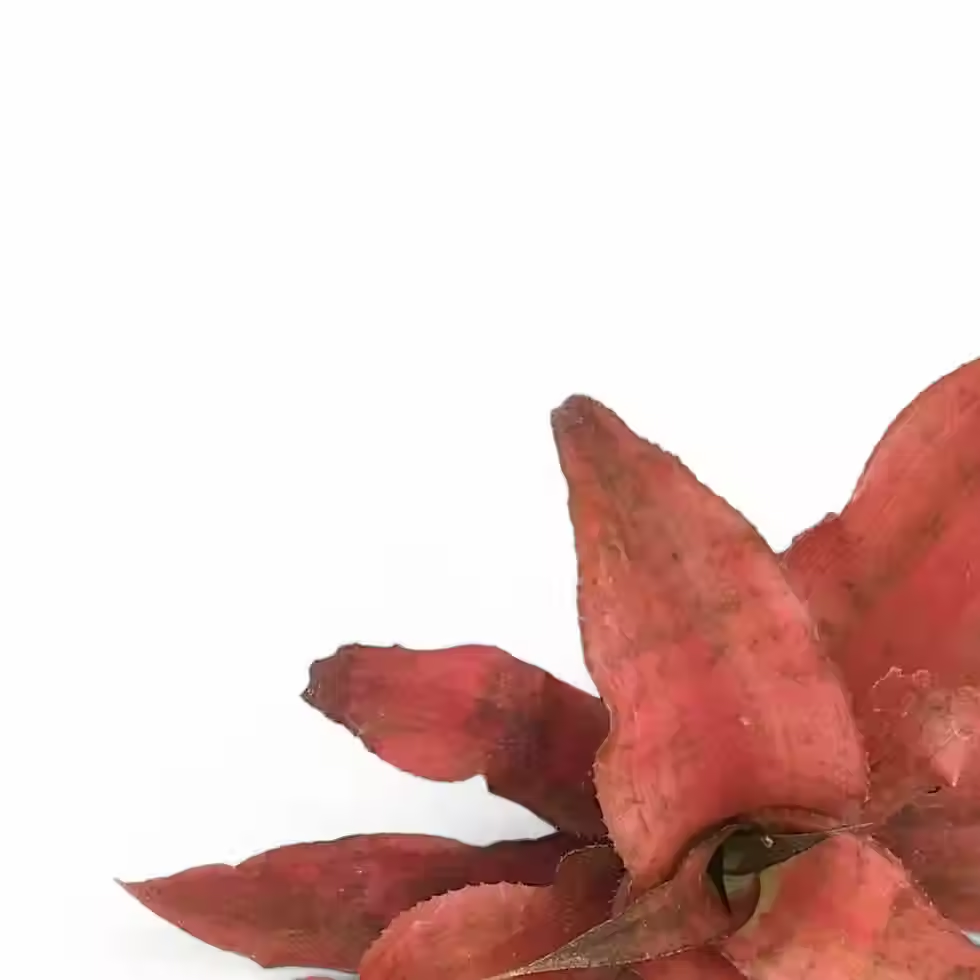Eucalyptus cinerea – Silvery-Foliage Statement Plant for Bright Indoor Spaces
Eucalyptus cinerea – Shape, Color, and Growth Character
Eucalyptus cinerea, commonly known as the silver dollar gum, is instantly recognizable for its round, silvery-blue leaves that grow in symmetrical pairs along upright woody stems. The foliage has a matte, powdery coating that softens its texture and creates a frosted effect under bright light — ideal for modern interiors with a bold, architectural aesthetic. When grown in containers, it remains compact with regular pruning, retaining the juvenile leaf shape prized in design and floristry.
Key Traits of Eucalyptus cinerea
- Leaf Type: Opposite, round juvenile leaves with silvery bloom; older stems may develop elongated adult foliage if unpruned
- Growth Form: Upright woody shrub; fast-growing in bright conditions
- Height (container): Typically 60–150 cm indoors with pruning; up to 2 m on balconies
- Scent: Aromatic oils in leaves and stems release a clean, camphor-like fragrance
- Visual Appeal: Sculptural, minimalistic, and highly textured
Origin and Natural Behavior of Eucalyptus cinerea
Native to the dry slopes and open woodland of southeastern Australia, Eucalyptus cinerea is adapted to full sun, seasonal drought, and fast-draining, nutrient-poor soils. In the wild, it can reach over 10 m in height, but it remains much smaller in containers. It responds well to hard pruning, which stimulates dense juvenile growth and keeps the plant compact — perfect for controlled environments like terraces or indoor winter gardens. Note: All parts of the plant are toxic if ingested, due to concentrated essential oils.
How to Care for Eucalyptus cinerea Indoors or in Containers
- Light: Requires full sun — minimum 6 hours of direct light per day; supplement with grow lights in winter if indoors
- Water: Water thoroughly, then allow soil to dry out fully before watering again
- Humidity: Prefers dry, well-ventilated air; avoid humid rooms
- Temperature: Grows best at 15–30 °C; not frost-hardy in containers
- Soil: Use a fast-draining mix with at least 50% mineral content (e.g. sand, perlite, pumice)
- Repotting: Annually in spring or when rootbound; choose tall pots with drainage
- Fertilization: Light feeding in active growth phase (spring–summer) with low-nitrogen, balanced fertilizer
- Propagation: Mostly grown from seed; cuttings are possible but slow and unreliable
- Hydroponics: Not suitable; roots require aerated, dry-down cycles
- Pruning: Regular trimming encourages bushy juvenile growth and maintains compact form
Common Problems and How to Fix Them
- Leggy Growth: Caused by low light. Move to a south-facing window or outdoors in full sun
- Yellow or Dropping Leaves: Usually a result of overwatering or poor drainage — allow soil to dry completely
- Pale or Slow Growth: May indicate low nutrient availability — apply a low-dose balanced fertilizer
- Root Rot: Prevent with gritty soil, unglazed pots, and correct watering intervals
- Aphids or Scale Insects: Occasionally found on new growth — wipe off or treat with insecticidal soap or beneficial insects
Helpful Tips for Growing Eucalyptus cinerea Indoors
This is a fast-growing, light-demanding plant — the more sun, the better. Keep it in a large pot with a tall, narrow profile to support vertical root growth, and prune regularly to maintain size. If you want to harvest stems for floral use or drying, trim during active growth. Avoid overwatering and keep airflow high to mimic the dry, bright conditions of its native range.
Botanical Naming and History
Eucalyptus is derived from the Greek words “eu” (well) and “kalyptos” (covered), referring to the protective cap over the flower bud. The species name cinerea means “ash-grey,” referencing the leaf color. First described in the mid-19th century, this species is now a popular ornamental in Mediterranean-style gardens and contemporary interiors due to its sculptural, low-maintenance nature.
Frequently Asked Questions about Eucalyptus cinerea
→ Can I grow Eucalyptus cinerea indoors year-round?Yes — as long as it receives direct sunlight for most of the day and is pruned regularly.
→ Is it safe for pets?No — it is toxic if ingested. Keep out of reach of pets and children.
→ Does it require a dormancy period?No true dormancy, but growth slows in winter. Reduce watering and avoid repotting during this time.
→ Can I use the leaves for herbal purposes?No — do not use this plant for self-medication. It contains high concentrations of essential oils that are toxic if not processed correctly.
Order Eucalyptus cinerea Now
Bring bold texture and aromatic charm into your space with Eucalyptus cinerea — a fast-growing, sculptural plant for sunny interiors and sheltered balconies. Order now and enjoy its striking silver foliage year-round!
Eucalyptus cinerea
Eucalyptus cinerea comes in following sizes:
M – is approximately 30 cm tall and comes in a ⌀ 14 cm pot.
L – is approximately 40 cm tall and comes in a ⌀ 19 cm pot.
































